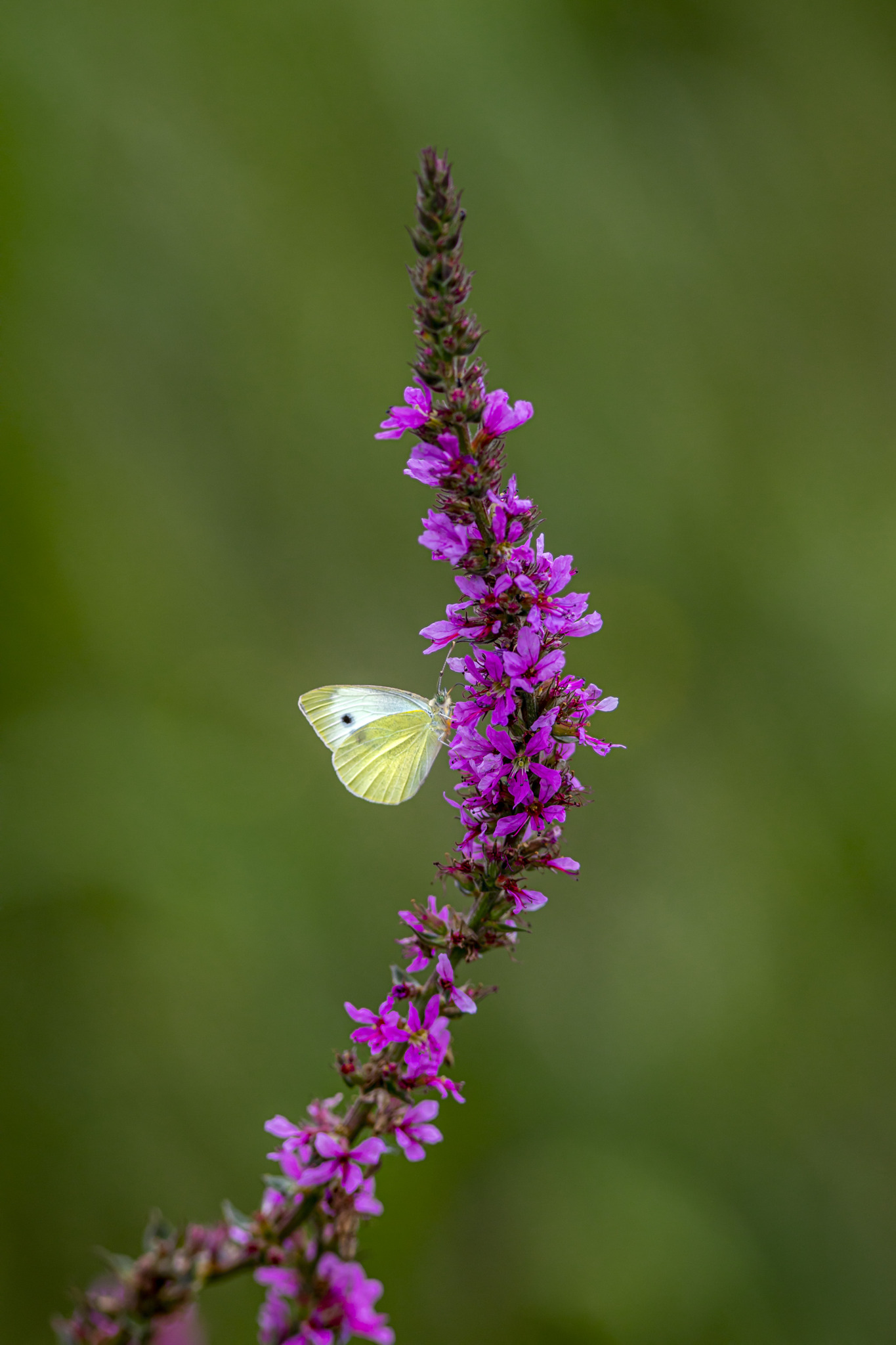The Green-veined White (Pieris napi) is a butterfly species belonging to the family Pieridae. Here are some key characteristics and information about this butterfly:
- Appearance: The Green-veined White is a medium-sized butterfly with a wingspan ranging from 45 to 55 millimeters. Its upper wings are primarily white, with black spots near the tips and along the edges. The undersides of the wings have greenish veins running through them, giving the butterfly its common name. The females typically have darker markings than males.
- Distribution: This butterfly species is found across much of Europe, including the British Isles, as well as parts of North Africa and Asia. It inhabits various habitats, including meadows, grasslands, open woodlands, and gardens.
- Habitat: Green-veined Whites prefer open habitats with abundant vegetation, where they can find suitable larval host plants and nectar sources. They are often found in flowery meadows and pastures, where they feed on nectar from a variety of flowering plants.
- Lifecycle: The lifecycle of the Green-veined White consists of four stages: egg, larva (caterpillar), pupa (chrysalis), and adult butterfly. The females lay their eggs on the leaves of host plants, including various species of cruciferous plants such as cabbage, mustard, and garlic mustard. The caterpillars hatch from the eggs and feed on the leaves of the host plants before pupating and emerging as adult butterflies.
- Behavior: Green-veined Whites are active during the warmer months of the year, typically from spring to early autumn. They are strong and agile fliers, capable of rapid flight and maneuvering. Adults feed on the nectar of various flowering plants, including dandelions, thistles, and clovers.
- Conservation: The Green-veined White is not considered globally threatened, and its population appears to be stable. However, like many butterfly species, it may face threats from habitat loss, agricultural intensification, and climate change. Conservation efforts focus on preserving and restoring meadow habitats, including the conservation of native wildflower species that serve as nectar sources and larval host plants.
Overall, the Green-veined White is a beautiful and ecologically important butterfly species that adds color and vibrancy to meadow ecosystems across its wide geographical range. Efforts to conserve its habitats and promote sustainable land management practices are crucial for ensuring the continued survival of this delightful insect.
Visited 190 times, 28 visit(s) today
Views: 336
Subscribe to the newsletter:
